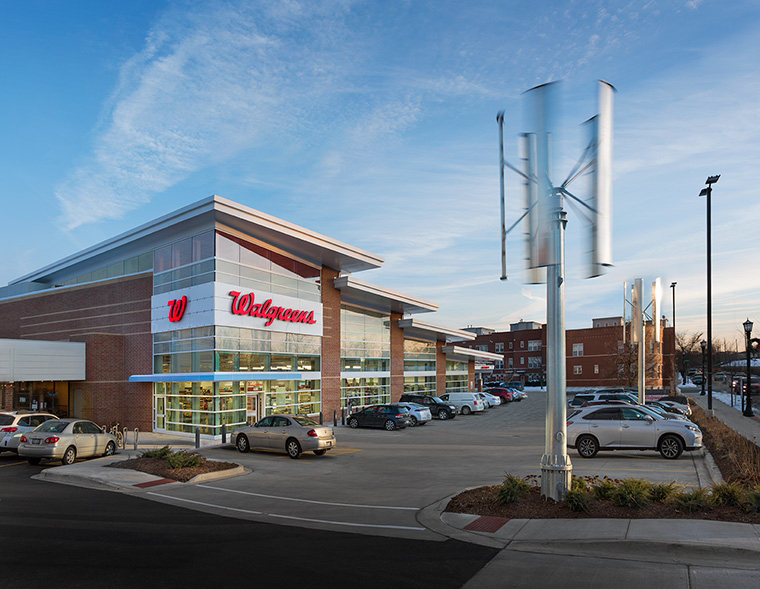The explosion of technologies that are transforming architecture is changing everything about it- how it is viewed by clients, the services architects offer, the economics of the office, how projects are designed and documented, how architects market their services, the skills architects need to have to be successful, etc. None of this is news to you, I’m sure. There’s an avalanche of information and advice out there about how to handle all this change (often promising to figure it out for you- for a price), but have you stopped for a minute to think about where this is going in the long run? These developments in design and construction are not taking place in a vacuum; they are of a piece with the cultural transformations being created by social media, computer-generated entertainment, online media distribution, virtual reality, artificial intelligence and a raft of other phenomena made possible by ubiquitous, cheap computation. We are only beginning to understand their scope and significance.
In the next several posts, I’ll offer some architecture futures I can foresee under these conditions. They’re based on my 32 years in practice, many years of reading and teaching, my involvement with the AIA Technology in Architectural Practice knowledge community, and finally the research that became The Death of Drawing. These futures aren’t exclusive. I actually think most or all of them- and probably others- will happen. Each has different implications for how we should think about what we do and prepare ourselves for a career that will be very different from the one we imagined when we dreamed about becoming architects.

Future I: Architecture as performance enhancement
The current trend
So far, the most common use of new architectural technologies has been to improve the performance of projects. Performance has both technical and financial aspects. On the technical side, various kinds of simulations are becoming both more routine and more sophisticated. Energy and daylighting analysis are probably the most common, and there are many others as well. Other software allows engineers to optimize structural and MEP systems. In fact, with the increasing emphasis on technical performance, architectural design is starting to resemble engineering design in some practices.
From a financial standpoint, both our internal operations and construction economics are affected. Building information modeling is transforming our role in many ways, as has been discussed ad nauseam. As has been frequently pointed out, one general tendency of these changes is to create a more level design team in which information is more freely shared and design decisions are more often taken jointly by several members of the team. This changes workflows in our offices, requiring information on various aspects of a design at different stages and levels of detail compared with traditional practice. BIM also affects our productivity. BIM vendors maintain that this is positive, but the reality is that it can cut both ways depending on how a firm implements the technology and how prepared its staff is to use it effectively. BIM and related software also expand the range of services we can offer, going as far as creating entirely different business models for our firms.
In the past, building owners’ greatest complaint about the design and construction process was the uncertainty about the cost and duration of their projects. Technology has done a great deal to reduce this uncertainty. BIM-based design coordination is important in this regard, but perhaps a more significant factor has been the ability of contractors to play a greater role during design. Automated quantity take-offs provide rapid, accurate cost estimates early and often. Modeling the construction process allows contractors to identify opportunities to save time and money. With all of this cost information available, architects must respond to financial considerations sooner and more stringently than before. These contractor-driven cost savings encourage building owners to give contractors a more prominent role during design. This drives the growing use of project delivery methods such as design-build, CMGC (construction manager as general contractor) and integrated project delivery, all of which involve architects in contractual relationships with builders. The traditional firewall between design and construction is gone. This has enormous potential financial benefits for building owners. It also subjects architectural design to new pressures and changes its priorities.
In spite of these changes, many American architects have seized upon performance enhancement as the salvation of the profession. Phrases like “high performance building” and “evidence-based design” have entered our vocabulary and our marketing materials. After years of watching contractors and construction managers eat our lunch, we finally have something to offer our clients that can compete in tangible value with control of the construction process! A quick look at your inbox (be sure to check your junk mail folder) will confirm this trend. And why not? It makes utter economic sense. It even has an ethical rationale when applied to sustainability or duty to our clients. At long last, it seems, we can honestly say that we have no other goal than to serve our clients’ best interests.
But something about this newfound zeal for performance makes me uneasy. Can architecture be reduced to performance? If not, can other values co-exist with performance enhancement?


